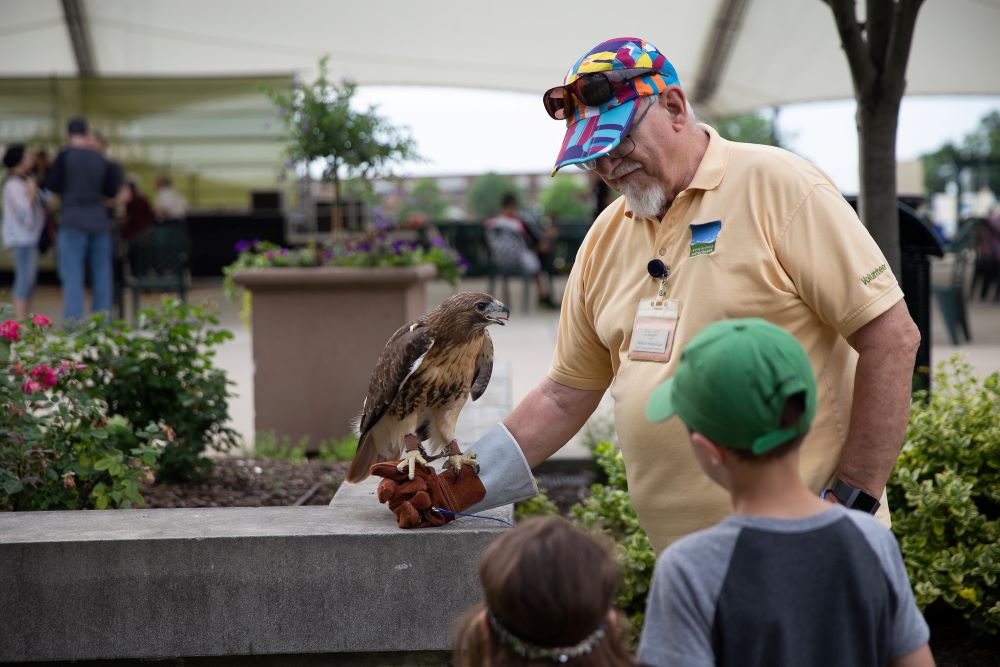Published February 23, 2024
Eastern Bluebirds Need Your Help

Each year, Five Rivers MetroParks volunteers monitor 48 bluebird boxes throughout nine MetroParks.
Why do we monitor bluebirds?
In the 1890s, House Sparrows and European Starlings found their way to the United States, competing with existing bluebirds for nesting sites. This bird boom and loss of habitat due to increased development meant that, by the early 1900s, bluebird populations had dwindled by 90%.
Fast forward to the 1930s, when birdhouses became popular. People noticed when these houses were monitored, it was bluebirds who took up residence in these cozy homes rather than house sparrows. During the years since, bluebird populations have continued to increase incrementally. However, there’s still work to do, as such food sources as insects and habitats continue to decrease – both integral to the survival of these beautiful native birds.
Since the early 2000s, Five Rivers MetroParks has had bluebird boxes in several of its locations that have been monitored by volunteers. Monitoring Eastern Bluebird nest boxes helps us track local population trends, understand how bluebird populations are reacting to environmental changes, increased the number of bluebird nesting sites, and it provides us with a great activity to connect with out parks and learn more about wildlife.
Are you interested in becoming a bluebird monitoring volunteer? Check out our volunteer webpage for more information.
To learn more about birds, assist with citizen science projects or construct your own bird box, explore the resources at NestWatch.org.

Park and Number of Bluebird Boxes
- Carriage Hill MetroPark: 5
- Eastwood MetroPark: 3
- Englewood MetroPark: 7
- Germantown MetroPark: 6
- Medlar Conservation Area: 4
- MoMBA: 4
- Possum Creek MetroPark: 7
- Sugarcreek MetroPark: 7
- Taylorsville MetroPark: 5
- Total: 48
Results:
In 2023, 65% of the boxes were used by bluebirds, and 40% of the boxes had bluebird eggs and/or young present. Thirteen dedicated bluebird monitoring volunteers logged 807 data sheets and monitored the boxes throughout late-March – August. Having volunteers monitor and clean out the boxes throughout the season is crucial to help with bluebird nesting success and for FRMP to further understand and conserve bluebird populations.
In 2022, 27% of the monitored boxes were used by bluebirds, 3 locations lacked bluebird volunteers. Seven dedicated volunteers logged 160 data sheets.
In the winter of 2021-2022 all bluebird boxes were removed, repaired and re-distributed throughout the parks based off suggestions from research publications. Each box is greater than 300 feet from another box, more than 50 feet from brush or heavily wooded areas and has a predator guard.





